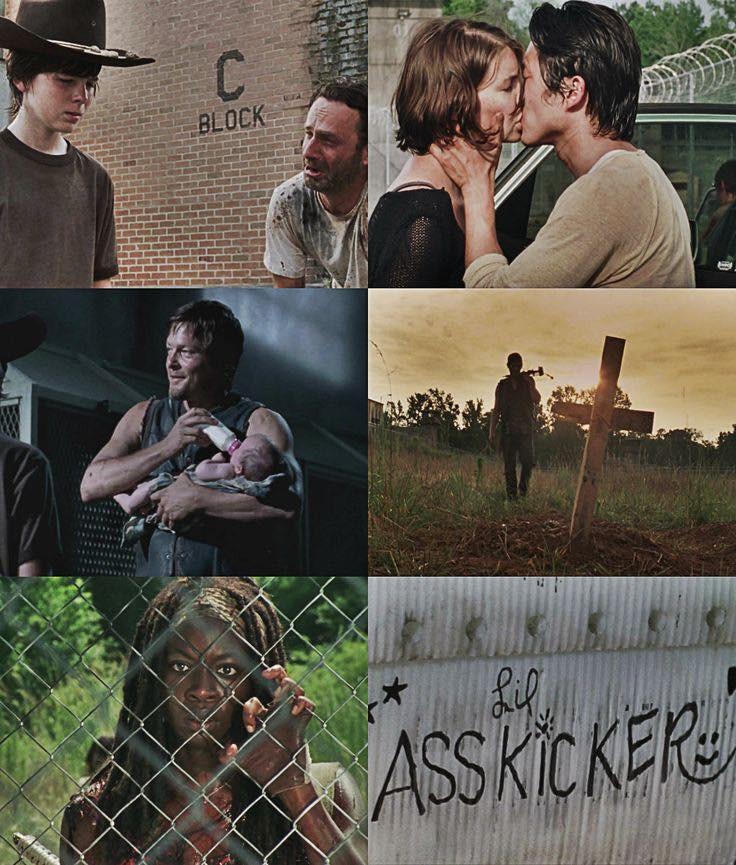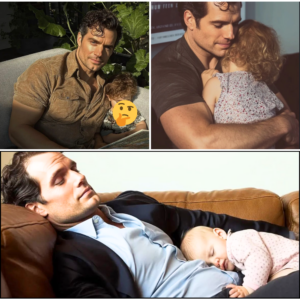The Walking Dead Prison Era: The Last Great Season and the Birth of a Family

For many The Walking Dead fans, the Prison Era represents the last truly great chapter of the series. Spanning across Seasons 3 and 4, the prison arc was a masterclass in character development, survival horror, and the emotional bonds that turned a group of strangers into a family. It was a time of hope, heartbreak, and some of the most intense storytelling in the show’s history. More importantly, the prison symbolized something deeper—it was the first real home these survivors built together, marking the beginning of their transformation into a close-knit family.
The Prison as a Safe Haven
After the chaotic struggles of Season 2 on Hershel’s farm, the prison became a sanctuary, a place where Rick and his group could finally settle. Unlike previous locations, which were temporary shelters or ticking time bombs, the prison was a fortress—secure, structured, and full of possibilities. The group worked tirelessly to clear out the undead, fortify its walls, and turn it into a functioning home with crops, livestock, and a sense of stability.
This wasn’t just another survival outpost—it was the first time the group had built something sustainable. It was the beginning of a society, a moment when survival shifted from running to rebuilding. The prison provided not only physical protection but also emotional security, allowing relationships to flourish and bonds to strengthen.
The Evolution of the Group into a Family
Before the prison, Rick’s group had been a collection of survivors thrown together by chance. But during their time inside those walls, they became something more: a true family. The bonds between characters deepened, and the show’s strongest emotional moments often came from the relationships forged in this era.
Rick and Carl’s Relationship: The prison saw Rick Grimes evolve from a leader into a father first. After Lori’s death, his relationship with Carl took center stage. Carl was forced to grow up fast in this brutal world, but the prison gave him a sense of normalcy, even if just for a moment.
Daryl and Carol’s Growth: Daryl Dixon and Carol Peletier went from being background characters to emotional anchors of the series. Daryl, once a lone wolf, found his place as Rick’s right-hand man, while Carol transformed from a battered wife into one of the toughest survivors.
New Bonds Formed: This era introduced some of the most beloved secondary characters, including Tyreese, Sasha, and Hershel’s expanded role as the group’s moral compass. Their relationships added layers of complexity to the group’s dynamic.
The Governor and the Fall of the Prison
The prison’s destruction at the hands of the Governor was one of the most heartbreaking moments of the series. Unlike past threats, this wasn’t just another herd of walkers or an isolated betrayal—this was a full-scale war. The Governor’s brutal attack shattered the home the survivors had built, forcing them to scatter and fend for themselves once again.
But even in its fall, the prison arc solidified one of The Walking Dead’s most important themes: home is not a place, but the people you fight for. When the prison was lost, the group didn’t just lose walls and shelter—they lost a part of themselves. And yet, they survived, proving that their family bond was stronger than any structure.
Why the Prison Era Was the Last Great Season
Many fans argue that after the prison, the series lost its sense of direction. The later seasons introduced new communities, bigger conflicts, and more expansive world-building, but they lacked the intimacy and emotional weight of the prison storyline. The simplicity of a small group fighting to survive while maintaining their humanity was replaced by larger political struggles that sometimes felt detached from the raw, personal survival story that made The Walking Dead great in the first place.
The prison era wasn’t just about horror and action—it was about people. It was about watching this group of survivors learn to love, trust, and protect each other in a world designed to break them. And while the show continued for many more seasons, for many fans, the prison was where The Walking Dead was at its best.
The prison arc remains one of the most defining periods in The Walking Dead’s history. It was the last time the show truly balanced character-driven storytelling with the brutal reality of a post-apocalyptic world. More than just a shelter, the prison was a symbol of hope, resilience, and the strength of found family. And for that reason, it will always be remembered as The Walking Dead’s last truly great season.


